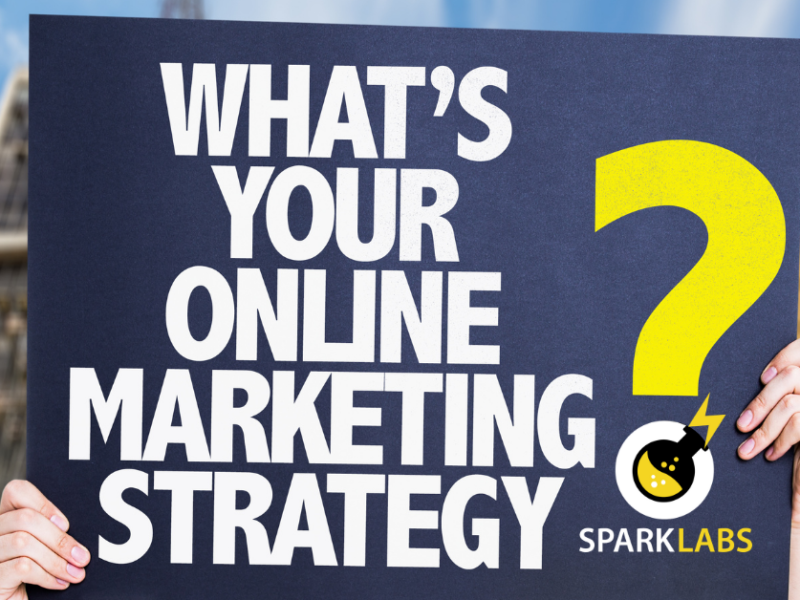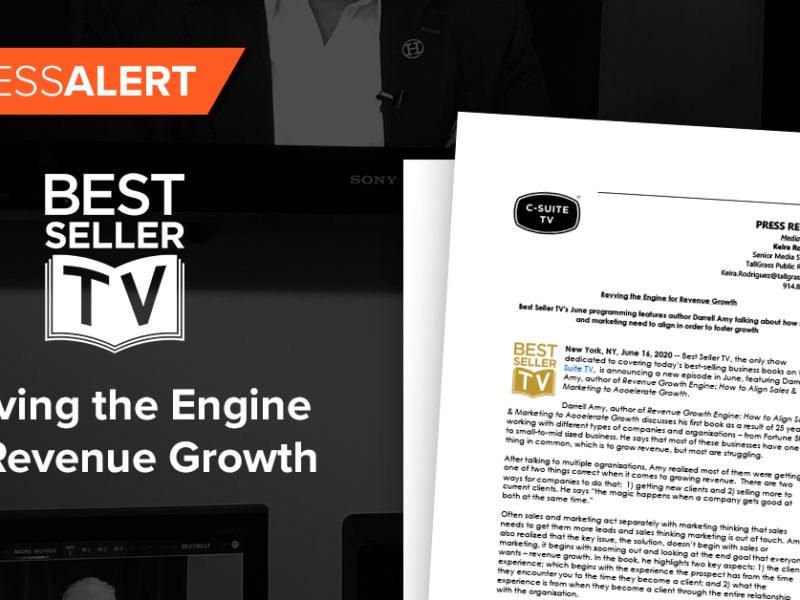
Look Out For This Surprising Consequence Of Influencer Marketing That Could Hurt Your Brand
Look Out For This Surprising Consequence Of Influencer Marketing That Could Hurt Your Brand https://csuiteold.c-suitenetwork.com/wp-content/uploads/2017/06/look-out-for-this-surprising-consequence-of-influencer-marketing-that-could-hurt-your-brand.jpg 960 806 C-Suite Network https://csuiteold.c-suitenetwork.com/wp-content/uploads/2017/06/look-out-for-this-surprising-consequence-of-influencer-marketing-that-could-hurt-your-brand.jpg
Influencer marketing campaigns—also known as viral marketing or seeded marketing campaigns—seem to be all the rage these days. In some categories, such as fashion and beauty, marketers have gone all in and are heavily reliant on so-called “influencers” to help drive brand mentions, positive sentiment and possibly even sales. Indeed, as mentioned by AJ Agrawal here on the Forbes CMO Network last December, influencer marketing and related approaches are exploding in popularity. Although no longer a new approach to marketing, word-of-mouth marketing and influencer-related campaigns were seen by Kantar Media as one of the big trends for 2017 in social media marketing. Further, marketers seem to be putting their money where their mouths are. For example, a November 2016 survey by influencer marketing agency Linquia reported by eMarketer.com found a whopping 72% of marketers planned to increase or maintain their influencer budgets this year.
The rising popularity and sophistication of influencer and viral marketing is in part due to the growing consumer trend of avoiding advertising in its more “traditional” forms. Ad blocking, for example, continues to be on the rise in the digital space, which means that marketers have had to find new ways to reach and influence consumers without relying on display, search and social ads as much. Beyond this fairly pragmatic reason for turning to influencer marketing, marketers are also looking for ways to leverage the authenticity embedded in the connections that influencers or “seeds” have with their followers and friends in social media. This can be very successful for brands, including large mass-market brands such as L’Oréal. Last year they created a five-member “beauty squad” of social media influencers in the UK for their flagship L’Oréal Paris brand that has proven to be an effective part of the brand’s marketing mix.
But is it all positive when it comes to influencer marketing? Are there any concerns that marketers should have or be aware of when running influencer campaigns? If so, what should marketers be on the lookout for?
It is these kinds of questions–healthy skepticism, let’s call it–that prompted me, along with three other academics, to conduct a study that looked at various outcomes of running influencer campaigns. We were looking in particular for unintended consequences of seeding products with apparently influential individuals who are supposed to spread word of mouth (WOM) about those products through social media. The results of this study were published in the journal Marketing Science (one of the leading academic journals in marketing) earlier this year. (Note: the article is behind a paywall but you can access a version provided by Oxford University here.) I co-authored this article with Inyoung Chae (Emory University), Yakov Bart (Northeastern University) and Dai Yao (National University of Singapore).
Our study looked at “seeded marketing campaigns,” which are a typical form of influencer/viral campaign in which “seed” consumers are selected from a community, sent free products, encouraged to use them and then share their experiences with others by posting online. We focused on products in the cosmetics, beauty and skincare categories with data coming from a very popular online community platform in South Korea called Naver. Over the course of our study, we examined 390 campaigns that featured 192 different brands in these categories. For each campaign, we tracked all the WOM generated (in the form of posting in the online community). Importantly, we tracked not only all the WOM generated for…






